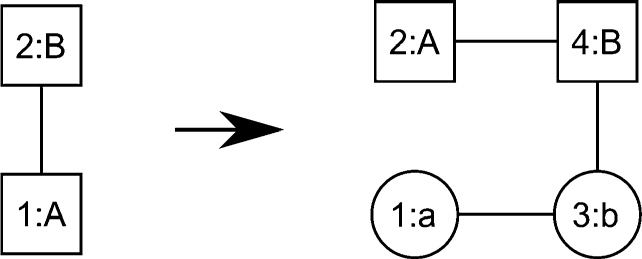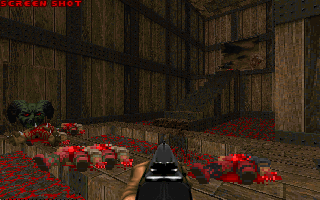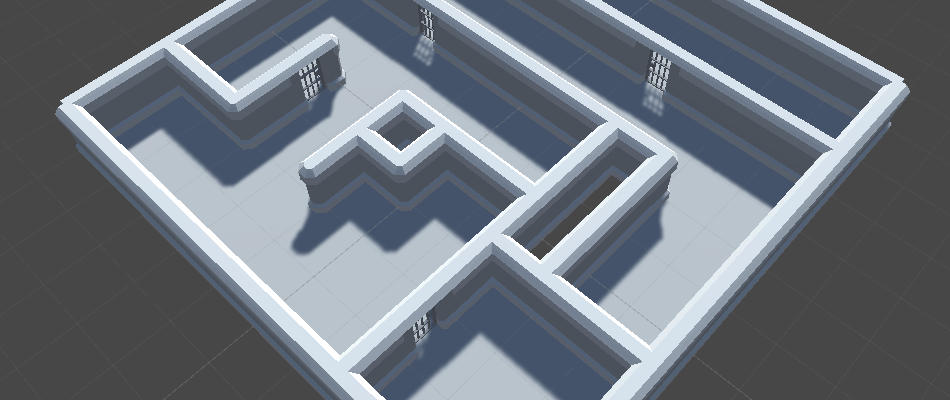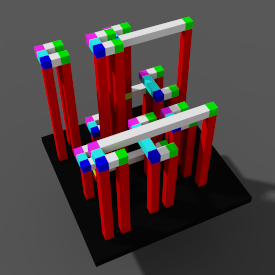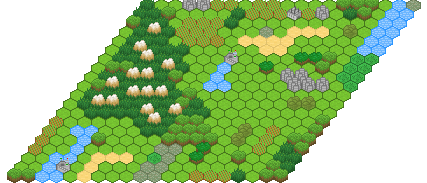I’ve been doing this series on how games do level generation for some time, and I have a complete beauty for you.
I’ve spent a lot of time deconstructing Unexplored, a 2017 indie game by Joris Dormans. It just nails procedurally generated zelda-like dungeons, and I had to know for myself how the magic happens. Fortunately, most of the generation logic is written in a custom language, PhantomGrammar, so between that and some help from the developers, I think I’ve got a pretty good idea how it works.
The ideas of Unexplored are so interesting that I felt they deserved an article in it’s own right. The game is centered around a concept called Graph Rewriting, which, while well understood academically, is rarely used in games. I’m going to spend this article talking about that technique alone, then how PhantomGrammar specifically uses and extends it. Finally I will talk about how these techniques are put together in Unexplored to make such sophisticated levels.
Continue reading